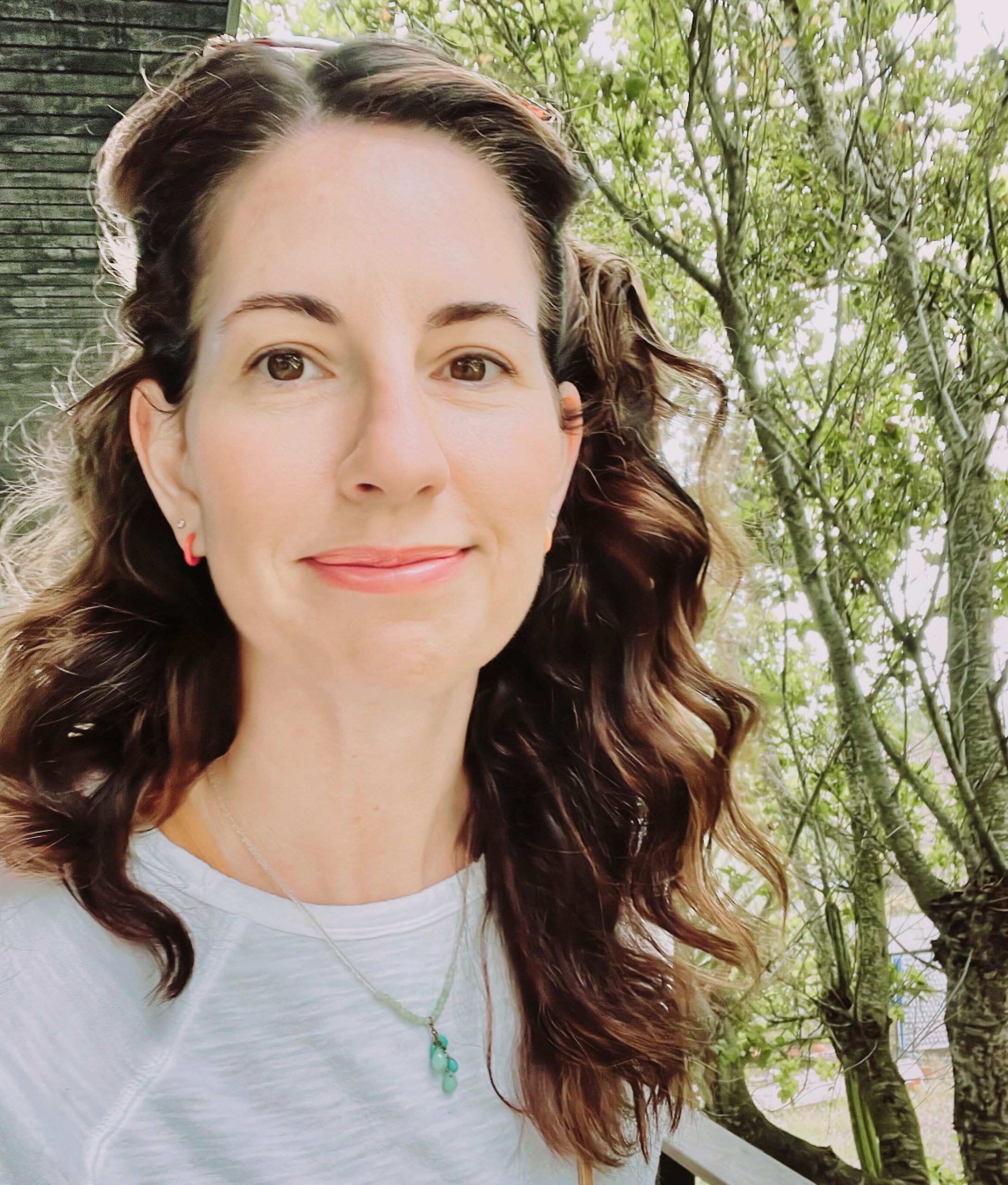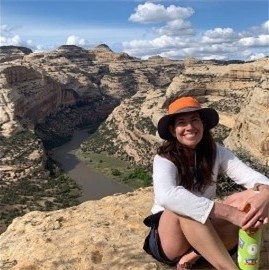
Empowering Decision-Making and Water Data Access
Sara Larsen, New Associate Director, Reflects on the Growth of IoW and the Importance of Data Sharing for Resilient Water Management
Through work with state water agencies, research and development labs, and even as an original member of the Internet of Water (IoW) steering committee, Sara has championed water data access and used her first-hand experience to craft solutions that address the challenges of doing so. It’s no wonder that her new position, focused on helping state agencies address technological and capacity barriers to water data sharing, feels “like coming home.”
Here, Sara reflects on her experience in the water sector and how the IoW has grown over the years.
This interview has been edited for concision and clarity.

I’ve been around the water block a little bit; I started as a GIS analyst with the State of Utah in 2001. There, I saw how infrastructure affected the water landscape and was inspired to get an engineering degree. In my next position at Los Alamos National Laboratory, I ran into the issue of data availability. It was hard to find information I needed for projects related to infrastructure, vulnerabilities, and risk. I had this hands-on frustration with not being able to find data.
Then, a job flitted across my desk from Western States Water Council (WSWC) for a new project called the Water Data Exchange trying to get states and federal agencies to share their water data. It was such a novel concept twelve years ago. The response often was, “Share our water data sets? Why would we want to do that?” Fast forward to today, and the water sector has become more comfortable with data sharing practices and doing so in an open and transparent way. With every new state or entity sharing its water data, more groups can see the benefits and evaluate for themselves whether they outweigh potential risks.
You could say day one. In 2016, the Aspen Institute convened key thinkers in the water field to talk about data. At that point, I’d been pounding the pavement with WSWC for five years. This convening of people who thought “Water data sharing is essential to public good. We need more organizations to do this,” was so exciting. It was like coming home. I’d been working with state agencies for a long time and spoke to the issues that I’d encountered — like bandwidth and budgeting — in those early discussions.
You’ve straddled working on the tech end of water data management and working with people to implement modern data infrastructure. What have your experiences taught you about the role of technology and expanding access to information?
That’s what we’re doing with Geoconnex: building a platform that will empower the water data community to find and share data more easily than ever before. It is an easy to navigate platform that makes water data easy for users to find and maintain and is tied back to validated sources. The more verifiable a data source is, the better.
I felt the call to work on this very important problem on a national scale. I want to address one of the root water problems: that people don’t have good information. They’re not seeing the value of sharing the information that they have. To change that mindset, you must challenge the assumptions that lead to it.
I’m excited to work on that root issue in this new role. A lot more entities want to share data. We have a lot of success stories and experiences to share with them.

We have an incredible team with so many skills and so much passion for the work. I believe slow and steady wins the race, so I’m excited to work on these issues as a team, project by project. Eventually, the projects snowball to the point that data sharing is the norm: you reference your data with Geoconnex, shared standardized data on your portal, and then you can start building more useful things. And everyone will know how to do that because we’ve shown them how.
Photo Credits
Header Photo: Nathan Anderson, Unsplash
